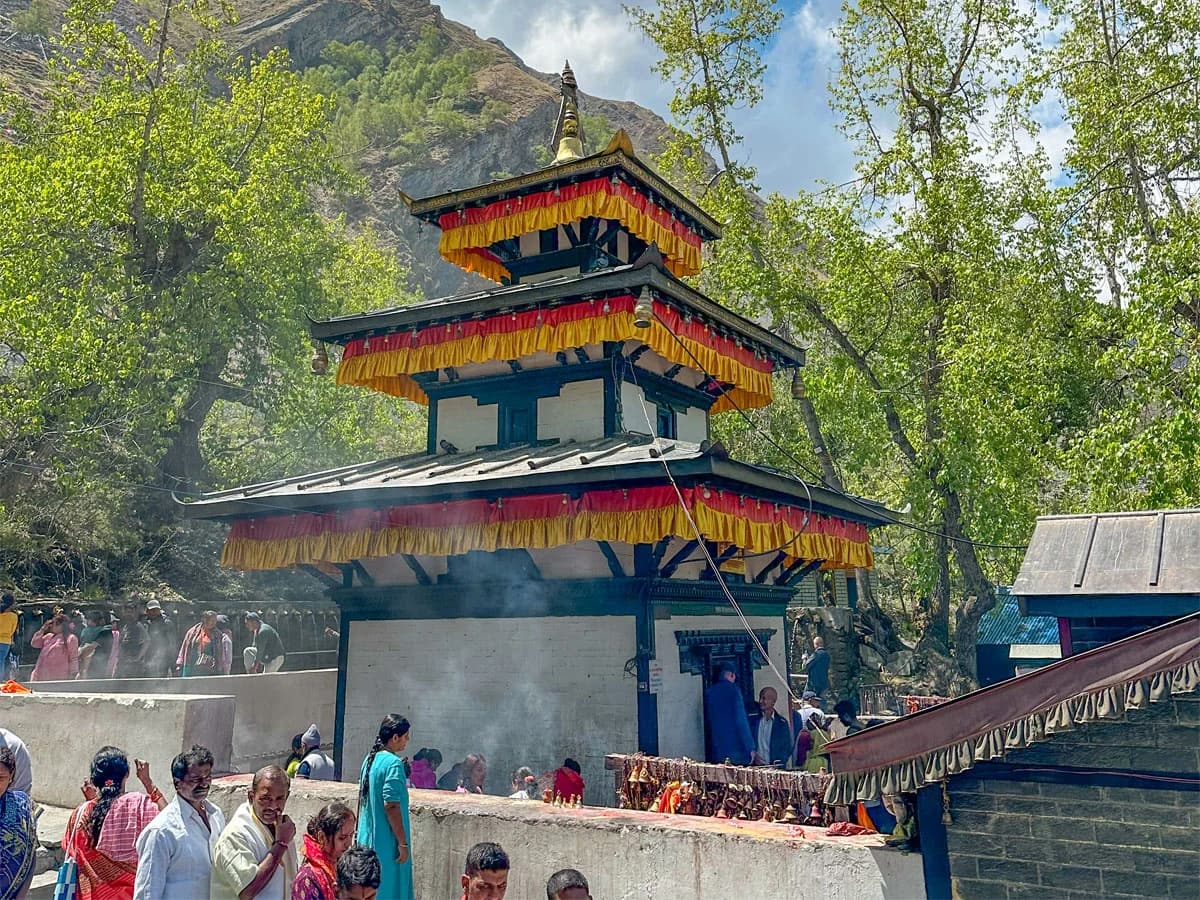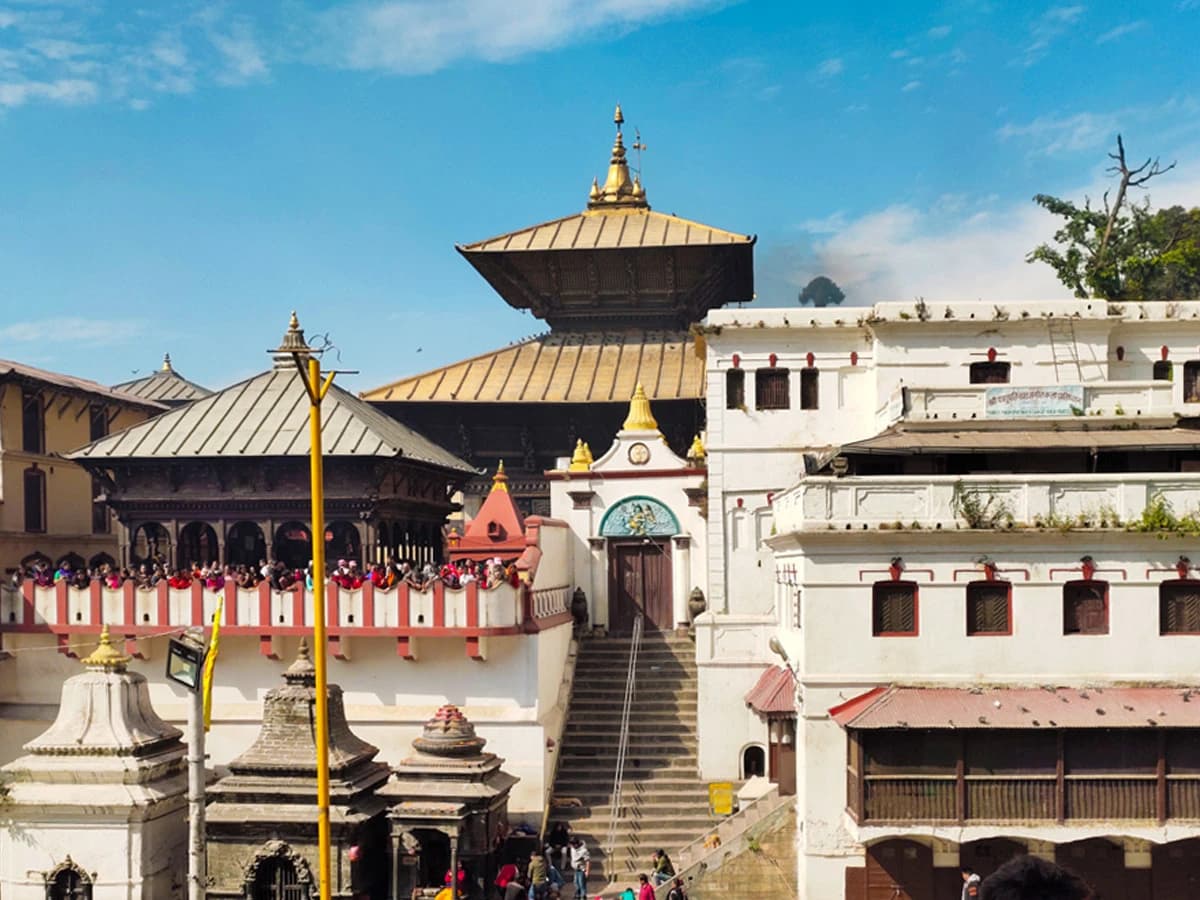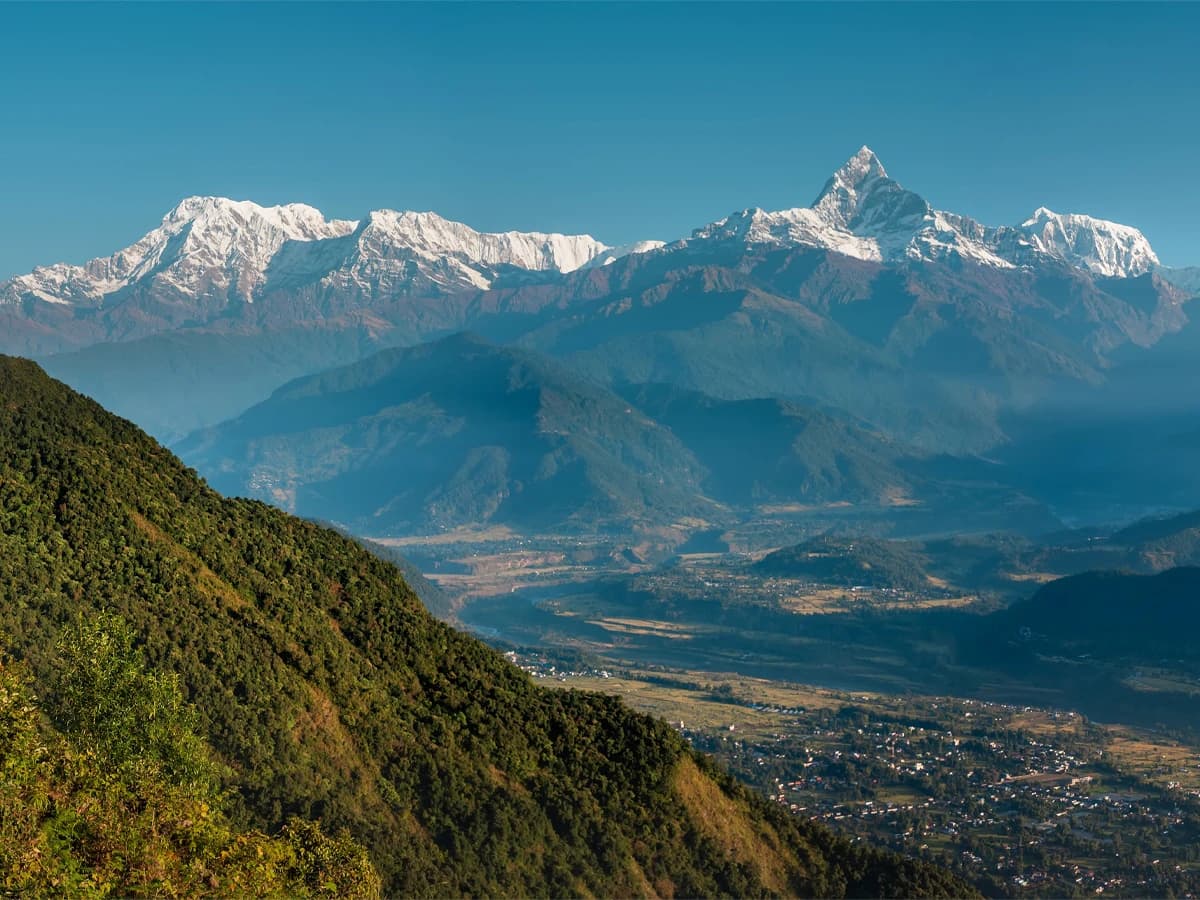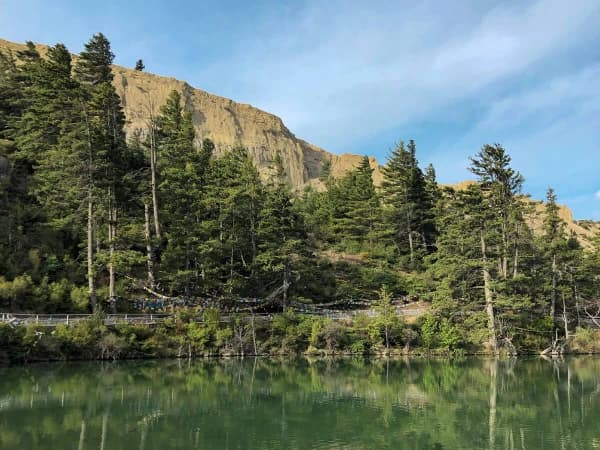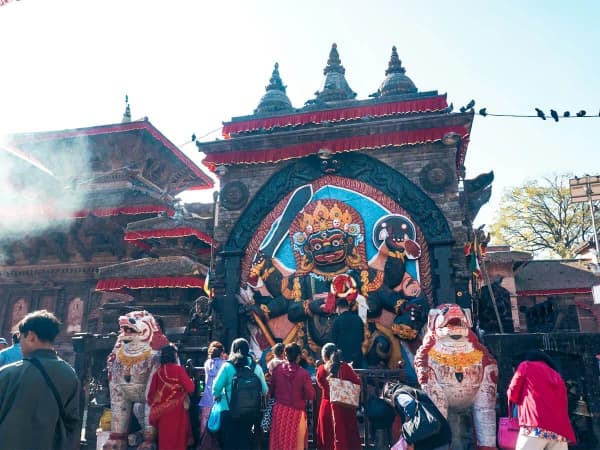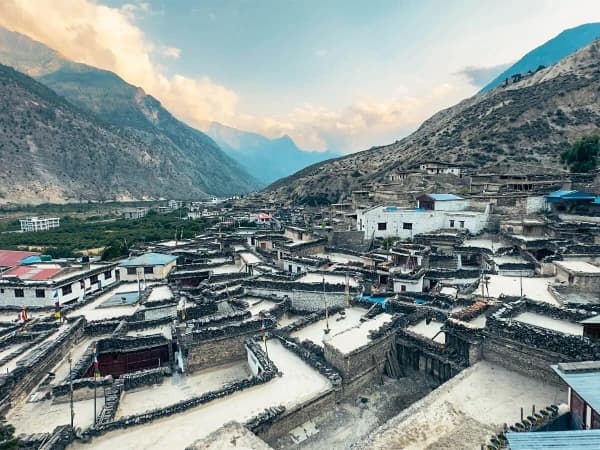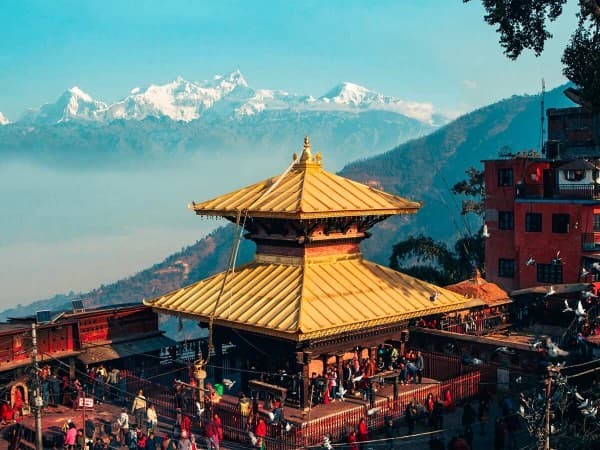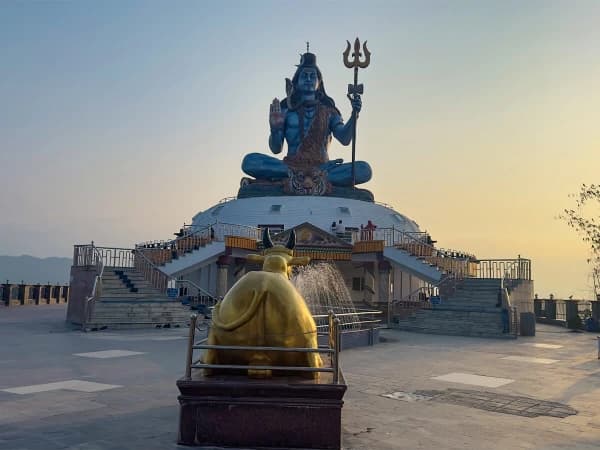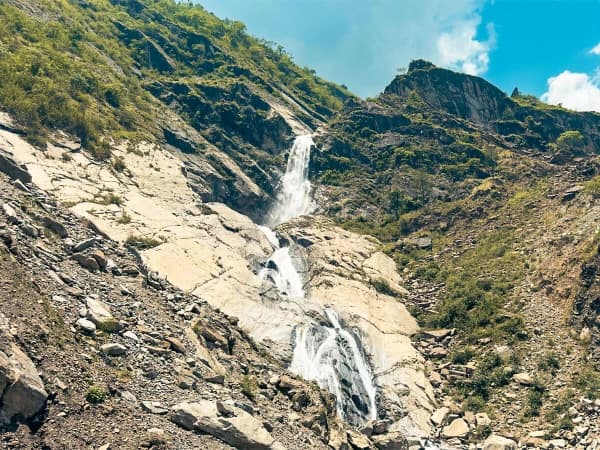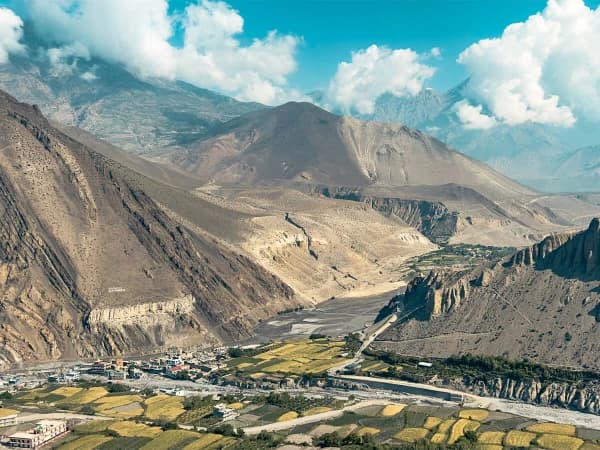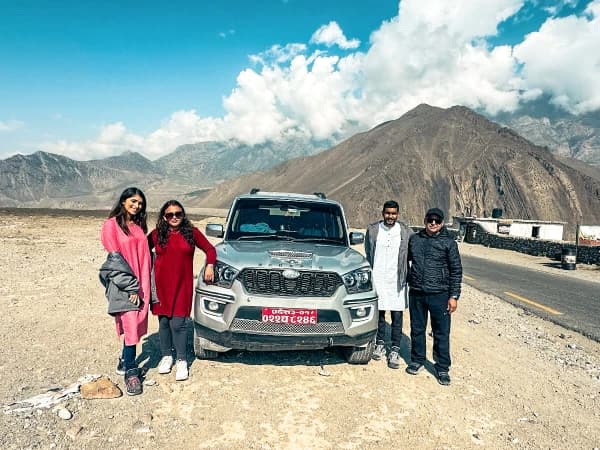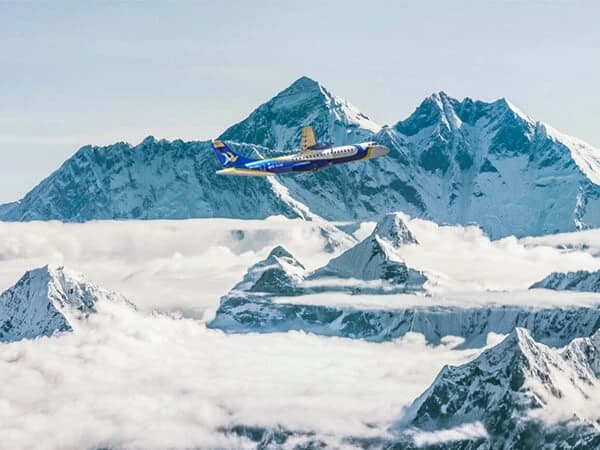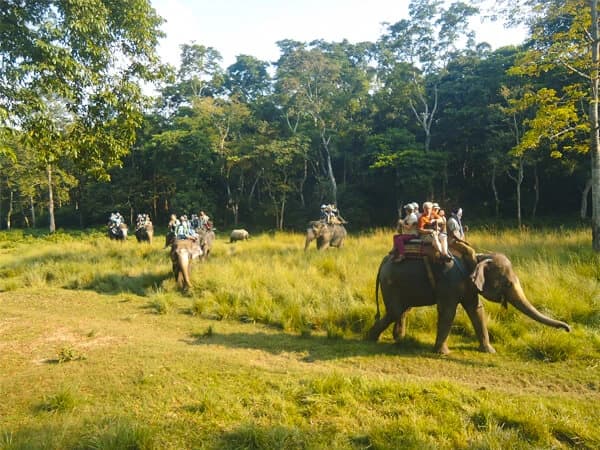Trip Overview
The Muktinath Tour Package is one of Nepal's premier tours. It consists of scenic drives, sacred temples, and Himalayan views. The pilgrimage tour exposes one to renowned historical locations in Kathmandu, serene lakes of Pokhara, and sacred Muktinath Temple at an altitude of 3,800 meters in Mustang and is revered by both Hindus and Buddhists.
It is ideal for people who desire nature, culture, and adventure. The tour is ideal for families, beginners, photographers, and travelers who desire spiritual experiences. The tour offers wonderful Himalayan views and old villages and a chance to witness Nepal's unique mountain culture.
The optimal season to visit Muktinath is February to June and September to December. The weather is fine and you get good views of the mountains during these periods. We require ACAP permits (Annapurna Conservation Area Permit) for this tour and we will arrange them for you.
Highlights of the Muktinath Tour
- Pay a holy visit to Muktinath Temple, which is one of the holiest places in Nepal.
- Drive through the Annapurna Conservation.
- Beautiful sunrise from Sarangkot in Pokhara.
- Walk through the old villages and streets of Kagbeni and Marpha.
- Take a cable car ride to get to the well-known Manakamana Temple.
- See the Annapurna, Dhaulagiri, and Nilgiri mountain ranges in all their beauty.
- Visit Davis Falls, Gupteshwor Cave, Pumdikot, and Bindabasini Temple while you're in Pokhara.
| No. of Pax. | Cost Per Person in INR |
|---|---|
| 4-6 | 32,000 |
| 7-12 | 27,000 |
| 13 & above | 26,000 |
Muktinath: Best Time to Visit
The best time to visit the Muktinath Temple is in spring, between March and May, and in autumn, between September and November. This provides the clearest skies and most pleasant temperatures. If in spring, the rhododendron forests will be in full bloom, and the green valleys will be greener; if in autumn, the air will be crispy, and the snow-capped peaks will be viewed without any hindrance.
The time between June and August is that of Monsoon; hence, receiving heavy rainfall, the road gets slippery, and reaching Muktinath is quite difficult. It may get extremely cold during winter, between the months of December to February, at a high altitude and even snows block the way to Muktinath. Hence, journeying is pretty problematic in that season.
That said, Muktinath is a place of pilgrimage throughout the year, though some people like to travel in months that are not so busy with tourists. Be sure to check on the weather conditions and whether the road is accessible before traveling.
Cultural Significance of Muktinath Tour
Besides wonderful landscapes, the Muktinath Jeep Tour promises to take guests deep into the rich spiritual and cultural heritage of Nepal. Muktinath is the principal site of Nepalese pilgrimages; feelings of devotion run high in both Hindus and Buddhists. Muktinath is believed to be one of the 108 sacred Vaishnavite shrines for Hindus, while Buddhists believe it is a place where Guru Rinpoche, or Padmasambhava, has meditated.
The temple complex itself speaks to religious influences: Hindu priests stand juxtaposed with Buddhist monks, reflecting the harmonious blend that these two spiritual traditions have found. A highlight has to be the 108 water spouts, wherein pilgrims believe bathing under each one cleanses them of their sins.The culture of the Thakali people, who are the major habitat in this valley of Kali Gandaki, can be witnessed on your trek around the region. The typical stone houses and the slanting fields give evidence to the traditional rural style of living which has hardly changed over many centuries.


